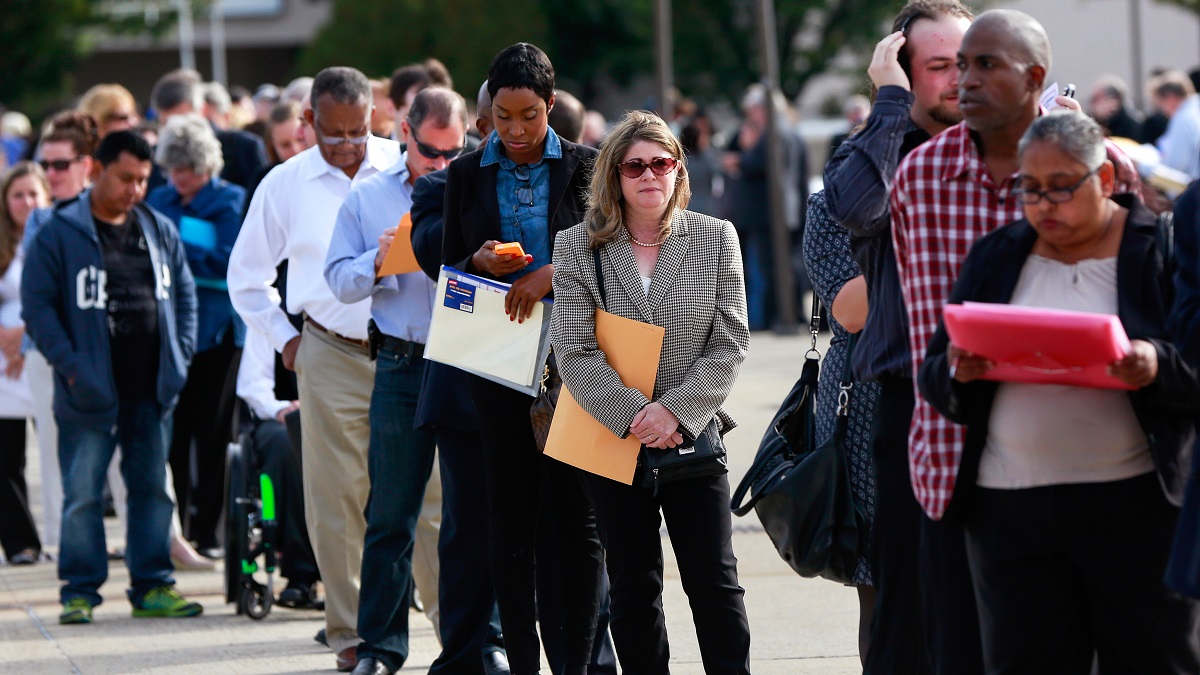Weak U.S. job growth reignites speculation of September Fed rate cut
BY Insider Desk
August 02, 2025

U.S. employment growth slowed sharply in July, raising concerns about the strength of the labour market and renewing expectations of a potential interest rate cut by the Federal Reserve in September.
The Labor Department reported Friday that nonfarm payrolls rose by just 73,000 in July, well below economists’ expectations of a 110,000 gain. Compounding the disappointment, job figures for May and June were revised down by a combined 258,000, marking the largest two-month downward adjustment in several years.
The revisions reduced June’s payroll gain to 14,000 — the weakest in nearly five years — while May’s figure was slashed to just 19,000. The Bureau of Labor Statistics (BLS) attributed the changes to the incorporation of additional data and seasonal adjustments but offered no specific explanation for the larger-than-usual revisions.
The unemployment rate also ticked up to 4.2% in July as household employment declined. Over the past three months, job growth has averaged only 35,000 per month, a sharp drop from the 123,000 monthly average recorded a year ago.
The disappointing figures come against a backdrop of persistent economic uncertainty, with analysts pointing to the effects of President Donald Trump’s trade and immigration policies as contributing factors. Import tariffs are beginning to feed into inflation, raising fears of stagflation, a period of slow growth and rising prices, which could complicate the Fed’s policy response.
“The labor market is not rolling over, but it is badly wounded,” said Christopher Rupkey, chief economist at FWDBONDS. “The door to a Fed rate cut in September just got opened a crack wider.”
Businesses remain wary amid uncertainty over long-term tariff arrangements, even as some clarity has emerged through newly announced trade deals. Nonetheless, the effective U.S. tariff rate remains at its highest since the 1930s.
On Thursday, the White House imposed a fresh round of 35% tariffs on imports from several key trading partners, including Canada.
The broader economic picture remains mixed. Domestic demand grew at its slowest pace in two-and-a-half years in the second quarter, reinforcing fears that the economy may be entering a more fragile phase.
The Federal Reserve held its benchmark interest rate steady in the 4.25%–4.50% range during its policy meeting on Wednesday. While markets had previously anticipated a rate cut as early as September, Fed Chair Jerome Powell’s post-meeting remarks tempered those expectations.
President Trump, however, escalated his public criticism of the Fed, targeting Powell directly via social media. Writing on Truth Social, Trump labelled the Fed chair a “disaster” and repeated his demand for lower interest rates.
Tags:
Most Read
You May Also Like